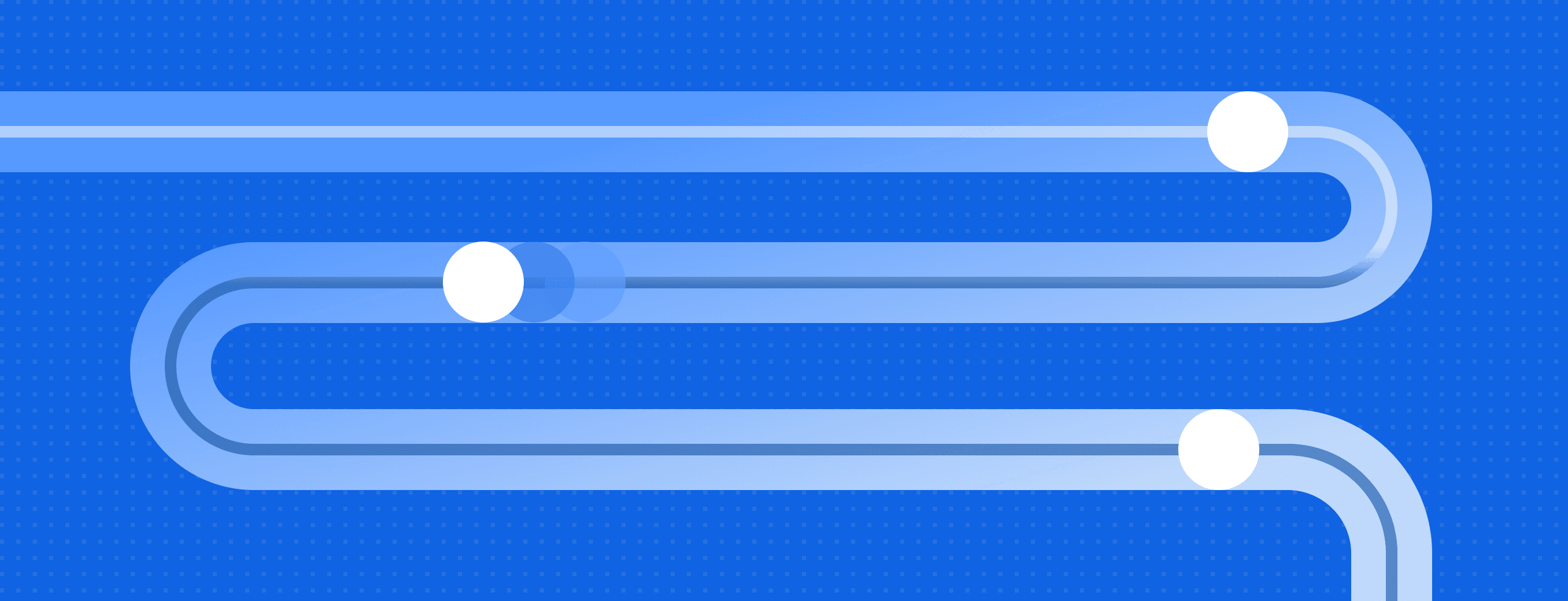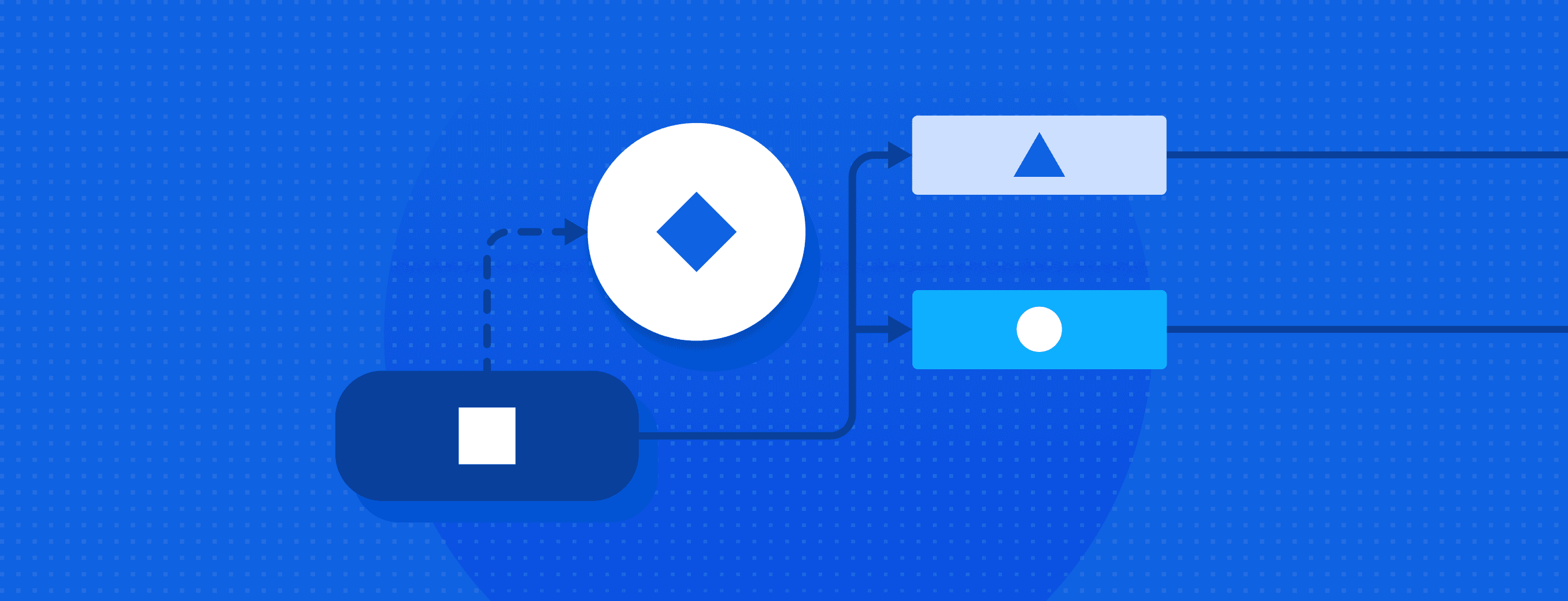The Data Activation Lifecycle

Data teams are under more pressure than ever to justify ROI in data initiatives to their companies. Budgets are also tighter than ever, so efficiently driving business impact is the name of the game. But many teams today lack conviction around their value to the business. In our recent State of Data Engineering Survey, only 48% of over 200 data leaders and practitioners reported feeling data team ROI was positive.
This pressurized environment has given rise to much hype around data activation. Rightly so, because data activation is all about harnessing the power of data to drive business impact. And data teams that successfully facilitate data activation do drive more business impact. They’re also able to break out of order-taking purgatory and position themselves as strategic partners within the business because they’re improving outcomes for teams company-wide.
This unlocks a scenario where data leaders don’t have to tell their own ROI story because the leaders of other functions do it for them. Data activation done right solves many problems for the data team. But data activation doesn’t just happen.
Amidst the hype, it’s easy to gloss over all of the data engineering work that’s required to make it possible. It’s helpful to frame this work in a cycle of data collection, data unification, and data activation. We call this the data activation lifecycle.
In this post we’ll go through each step of the data activation lifecycle, highlighting important details that will help you maximize the impact of data activation at your company. We’ll explain why you should think of data activation as a continuous cycle, not a linear process, and we’ll show you how a connected, end-to-end system, like our Warehouse Native CDP, delivers value that fragmented systems can’t.
What is data activation?
Data activation is the execution of business activities which are informed and fueled by data. The goal of data activation is to improve business outcomes. So, data activation is best defined broadly – not limited to marketing use cases – because every business unit, from finance to customer support to marketing teams and sales teams, is ultimately working to improve business outcomes.
Data activation work does often revolve around the teams working more directly to improve the customer experience, but even this goes well beyond simply collecting marketing data to create data-driven marketing campaigns. Here, we’ll focus on data activation as it relates to making customer data from a source of truth, such as the data warehouse, available for use (activation) by downstream teams and systems.
What is the data activation lifecycle?
The data activation lifecycle is a continuous, three-stage cycle that enables you to progressively harness the power of your customer data to drive better decision making and improve business outcomes. The three stages of the data activation lifecycle are:
- Data collection
- Data unification
- Data activation

Data collection
Data activation starts with data collection and centralization. The more relevant information you can collect about each customer, the more powerful your data activation efforts will be. Depending on where you are on the data maturity journey, your data integration needs will vary, but data collection will fall into three main buckets:
- First-party user behavioral data – Called clickstream or event data, this data represents your customer’s digital customer journey and includes customer interactions, or touchpoints, from users across platforms and devices.
- First-party batch data – Often thought of as traditional ETL data, batch data includes all of the customer information stored in cloud SaaS tools and databases such as your CRM or support desk tool.
- Second and third-party data – This data can be grouped together and called enrichment data. It augments your first-party data to give you more comprehensive customer profiles. Second-party data might come from ad platforms and shipping/delivery systems while third-party data, purchased from data vendors, can complete your customer picture with browsing, intent, and demographic/firmographic data.
While data collection is, technically, a solved problem, it remains a major challenge for most teams because accounting for the diversity of data sources and handling the data volumes typical of customer data requires robust, complex infrastructure.
RudderStack brings simplicity to this overwhelming landscape. By delivering plug-and-play Event Stream and Cloud Extract ETL pipelines in one platform, you can easily manage data collection, with a standardized schema, across every one of your company’s websites, apps, and SaaS tools. You can send your data in real-time to over 200 destinations, including your data warehouse or data lake where it can be centralized for stage two of the data activation lifecycle – unification. And you don’t have to worry about sudden API changes because we do that for you.
Try the Warehouse Native CDP today
Sign up for RudderStack to test drive our end-to-end solution for data collection, unification, and activation.
Data unification
Data activation must be fueled with complete customer profiles to drive the greatest impact. So, once you’ve collected your customer data and centralized it in your cloud data warehouse or data lake, it’s time to unify every data set into complete, usable customer profiles to create a customer 360 and effectively eliminate data silos. This stage includes the identity resolution process of stitching every data point for each customer together under a single canonical identifier, building an identity graph, and building user features (attributes).
Data unification requires data modeling, managing user identities, computing semantic features, and keeping up with metadata for those features. This typically requires writing and maintaining excessive amounts of SQL and quickly gets untenable.
RudderStack’s customer 360 solution – Profiles – steps in at this stage to automate identity stitching and automatically build a transparent and configurable identity graph in your warehouse. It also delivers an easy way for you to define user features using YAML or through its UI. These capabilities combine to deliver accurate, comprehensive customer profiles that are ready for activation downstream in your data stack.
Data activation
Complete customer profiles have the potential to drive significant competitive advantage for your company, but how much impact they make depends on how you use them. So, once you’ve done the work to collect and unify your data, it’s time to put it to work. It’s time for data activation – using your data to create value across the business.
The technical challenge of data activation lies in democratizing access. The value of your customer data is essentially limitless once it’s in the right hands. Getting it into the right hands requires piping it out of the warehouse and into the systems and tools used by different teams.
RudderStack’s Reverse ETL pipeline enables you to easily serve your customer data to the whole company so every team can harness its power.
- Marketing can leverage profiles to build better audience segments and deliver advanced personalization
- Sales can optimize workflows and perform more detailed lead scoring
- Customer Success can use data to decrease churn and increase lifetime value
More advanced companies can feed customer profiles directly into their ML infrastructure to fuel recommendation engines and other hard-to-copy data moats.
Rinse and repeat
It’s easy to think of data activation as a linear process with a terminal destination. It starts with data collection and ends with data activation. But the data activation lifecycle is continuous. New data is generated during the data activation stage, so if you end with activation, you’re leaving valuable data on the table.
Let’s look at a simple email marketing example. You’ve collected and unified your data and delivered complete customer profiles to your entire martech stack, including Braze. Marketing used these to execute a highly personalized email campaign. At this point, Braze generates all kinds of valuable engagement metrics such as email opens and link clicks.
When you approach data activation as a continuous lifecycle, this valuable data generated in the data activation stage goes right back into data collection and starts the cycle anew. It gets sent to the data warehouse where it’s unified and can be sent back out to every team and every system to drive optimizations. Your profiles get progressively richer every cycle enabling more powerful activation.
Benefits of an end-to-end data activation system
As we detailed in the evolution of the customer data platform, data activation platform solutions range from resource intensive in-house builds to black box customer data platforms to the more modern composable CDP. Each of these approaches has its pros and cons, but they all come with significant drawbacks. The core tension is a familiar one – ease of use vs. flexibility, control, and extensibility.
To deliver the best of both worlds, RudderStack’s Warehouse Native CDP packages the infrastructure and capabilities required for every stage of the data activation lifecycle in a connected, governable, and observable end-to-end system. It sits on top of your data warehouse or data lake, so you maintain full ownership of your data, and integrations with over 200 tools allow you to distribute data throughout your whole digital ecosystem, building on your existing stack with optionality for the future. The user experience is designed to simplify and streamline tedious engineering work for data teams while giving you all the control you want — just with less friction.
Go forth and activate
Data activation done right solves many problems for data teams. Those that successfully facilitate activation help every business unit improve outcomes with data, solving the ROI conundrum and positioning themselves as strategic partners to the entire org. But data activation is dependent on a tremendous amount of engineering work.
It’s most effective when leveraging customer data collected from every available source that’s been unified into complete customer profiles and served to every team and tool in the correct format.
The data activation lifecycle encompasses this work. It’s a framework to help you think about the ways to best leverage your customer data to drive business impact. RudderStack reduces complexity and removes friction at each stage, so you can spend less time on tedious engineering work and more time working closely with the business to ship projects that move the needle.
Try the Warehouse Native CDP today
Sign up for a free RudderStack account today to explore the Warehouse Native CDP
Published:
June 22, 2023

Understanding event data: The foundation of your customer journey
Understanding your customers isn't just about knowing who they are—it's about understanding what they do. This is where clean, accurate event data becomes a foundational part of your business strategy.

Data automation: Tools & tactics for automated data processing
With the right automation tools, you can eliminate hours of tedious work while dramatically improving data accuracy and availability. This article explores how data automation works and how it can transform your approach to data management.

How Zoopla transformed real estate experiences with data-driven personalization
Learn how Zoopla, a leader in the UK real estate space, transformed real estate experiences with data-driven personalization and RudderStack's customer data infrastructure.






